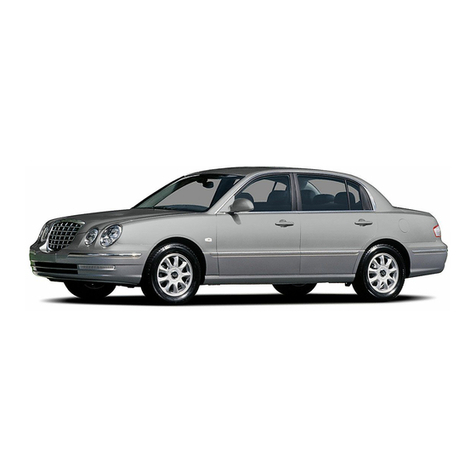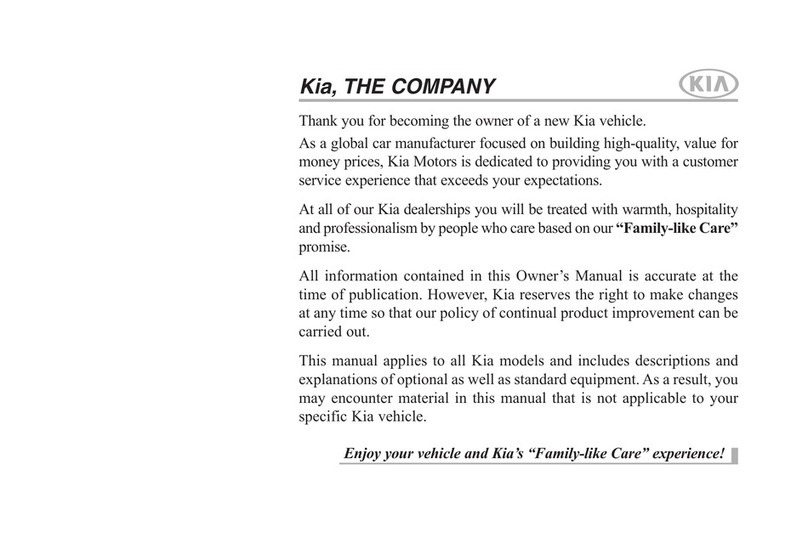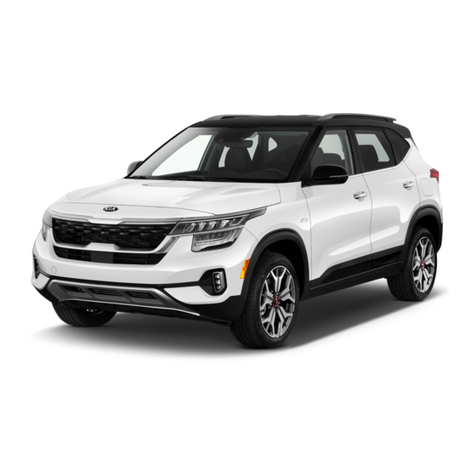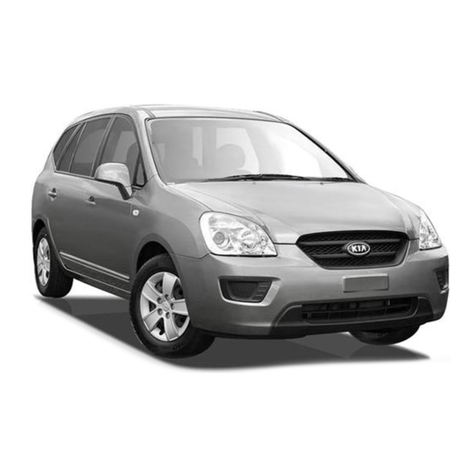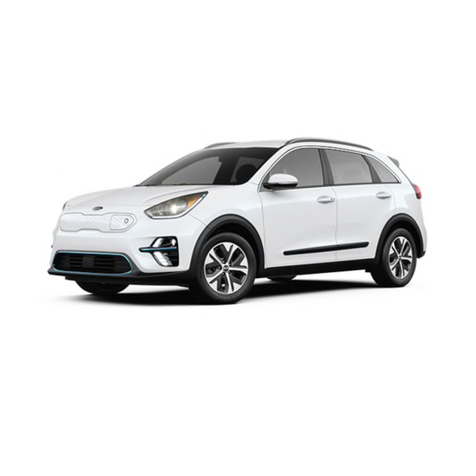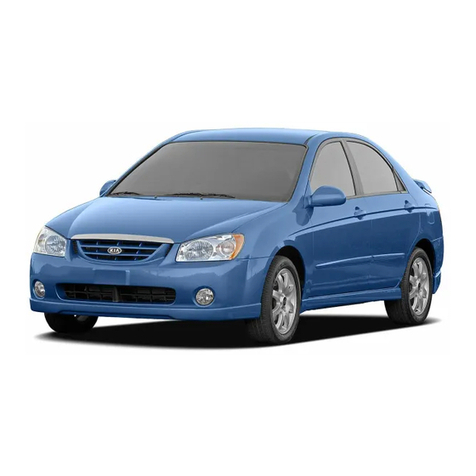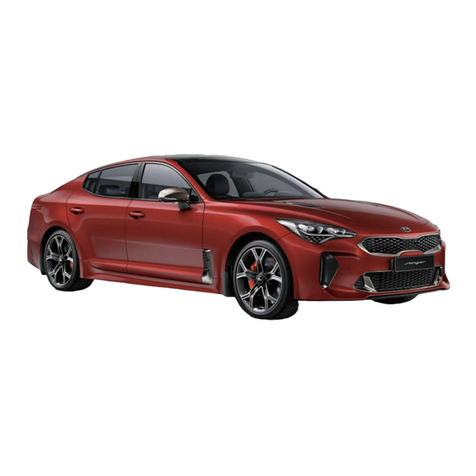
Electric vehicle guide
41
Main components of electric vehicle
Main components of electric
vehicle
僅
On-Board Charger (OBC)
: Trans
-
forms (inverts) AC power to DC
power, to charge the high voltage bat
-
tery
僅
Inverter
: Transforms direct current
into alternating current to supply
power to the motor, and transforms
alternating current into direct current
to charge the high voltage battery.
僅
LDC
: Transforms (converts) power
from the high voltage battery to low
voltage (12 V) to supply power to the
vehicle (DC-DC).
僅
VCU
: Functions as a supervisory con
-
troller of electric vehicle
僅
Motor
: Uses electrical energy stored
inside the high voltage battery to
drive the vehicle (functions like an
engine in a standard vehicle).
僅
Reduction gear
: Delivers rotational
force of the motor to the tires at
appropriate speeds and torque.
僅
High voltage battery (lithium-ion
polymer)
: Stores and supplies power
necessary for the electric vehicle to
operate (12 V auxiliary battery pro
-
vides power to the vehicle features
such as lights and wipers).
* OBC: On-Board Charger
* LDC: Low Voltage DC-DC Converter
* VCU: Vehicle Control Unit
High Voltage (HV) battery (lith
-
ium-ion polymer)
The HV battery powers the vehicle and
peripheral devices.
The charge amount of the HV battery
may gradually decrease when the vehi
-
cle is not driven or charged.
The battery capacity of the HV battery
may decrease over time when the vehi
-
cle is stored in high temperatures and
temporarily in low temperatures.
Distance to empty may vary depending
on the driving conditions (cargo, rain,
snow, wind, road surfaces), even if the
charge amount is the same. The HV bat
-
tery may expend more energy when
driving a fast pace or uphill. These
actions may reduce the distance to
empty.
The high voltage battery is used when
using the air conditioner/heater and/or
use the pre-conditioning prior to depar
-
tures. This may reduce the distance to
empty. Make sure to set moderate tem
-
peratures when using the air condi
-
tioner/heater.
Natural degradation may occur with the
high voltage battery depending on the
number of years the vehicle was used
and/or the number of charging cycles.
This will reduce the distance to empty
over time.
When the charge capacity and distance
to empty keep falling, contact an autho
-
rized Kia dealer/service partner for
inspection and maintenance.
If the vehicle will not be in use for an
extended period of time, charge the high
voltage battery once every three months
to prevent it from discharging. Also, if
the charge amount is not enough, imme
-
diately charge to full and store the vehi
-
cle.
